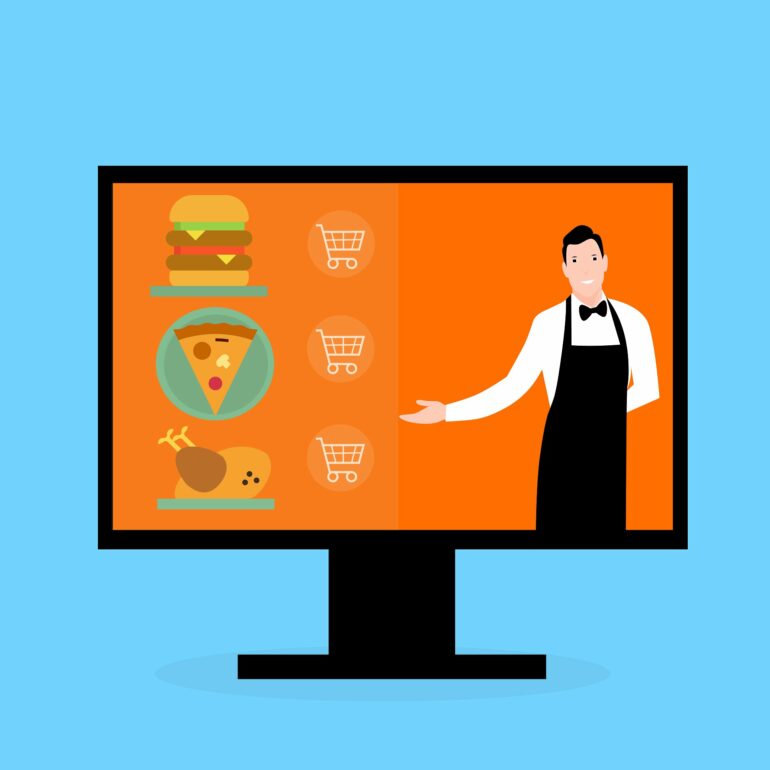Women who see healthy food at the top of an online menu are 30 to 40 percent more likely to order it, a Flinders University study has found, with the authors saying menu placement could play a role in encouraging healthier eating.
Published in the journal Appetite and led by Flinders University Ph.D. Candidate Indah Gynell, the team investigated where on a menu healthy items should be placed to best encourage people to choose them.
“Previous research has explored menu placement before, but the studies were inconsistent, with some finding placing food items at the top and bottom of a menu increased their popularity, while others suggested that the middle is best,” said Ms Gynell from Flinders’ College of Education, Psychology and Social Work.
“In our study we compared three locations on both printed and online menus, with online being an important addition in the age of food ordering platforms, such as UberEats and Menulog, especially during the pandemic.”
The researchers created menus containing eight unhealthy items and four healthy items, arranged in three rows of four on the physical printed menu and in one column of 12 on the digital menu. In one study, the physical menu was tested on 172 female participants, while in the second study, the digital menu was tested on 182 female participants.
Female participants were chosen as previous research has found that dieting behaviors—likely to impact menu choice—are consistently more prevalent in women.
Participants then chose an item from one of the experimental menus before completing a psychological test that identified their ‘dietary restraint status’; that is whether or not they were actively choosing to restrict their eating habits for the purpose of health or weight loss.
“We found that neither the order of food items, nor participants’ dietary restraint status, impacted whether or not healthy food was chosen in the physical menus,” says Ms Gynell.
“However, for the online menus, we found that participants who saw healthy items at the top of an online menu were 30–40% more likely to choose a healthy item than those who viewed them further down the menu.”
The authors say the finding is important because if added up over time, consistent healthy choices could result in general health benefits at a population level, highlighting why such an intervention could be worth implementing.
“Diet-related illnesses and disease are more common now than ever before, and with a rise in online food ordering it’s important we uncover cost-effective and simple public health initiatives,” says Ms Gynell.
“Changing the order of a menu, which doesn’t require the addition or removal of items, is unlikely to impact profits as consumers are guided towards healthier options without being discouraged from purchasing altogether.
“This means it’s more likely to be accepted by food purveyors and, despite being a somewhat simple solution, has the potential to shape real-world healthy eating interventions.”
“The effect of item placement on snack food choices from physical and online menus,” by Indah Gynell, Eva Kemps, Ivanka Prichard and Marika Tiggemann, is published in the journal Appetite.
More information:
Indah Gynell et al, The effect of item placement on snack food choices from physical and online menus, Appetite (2021). DOI: 10.1016/j.appet.2021.105792
Provided by
Flinders University
Citation:
Online menus should put healthy food first (2021, December 17)


